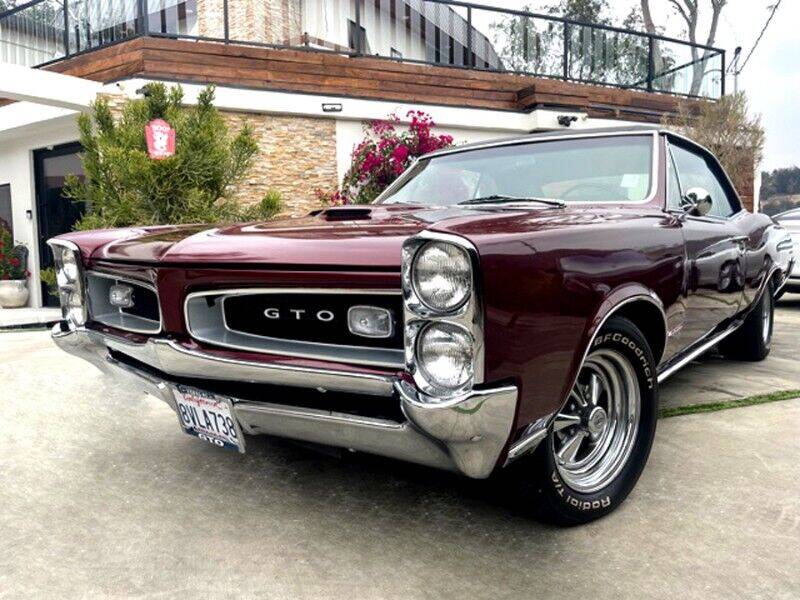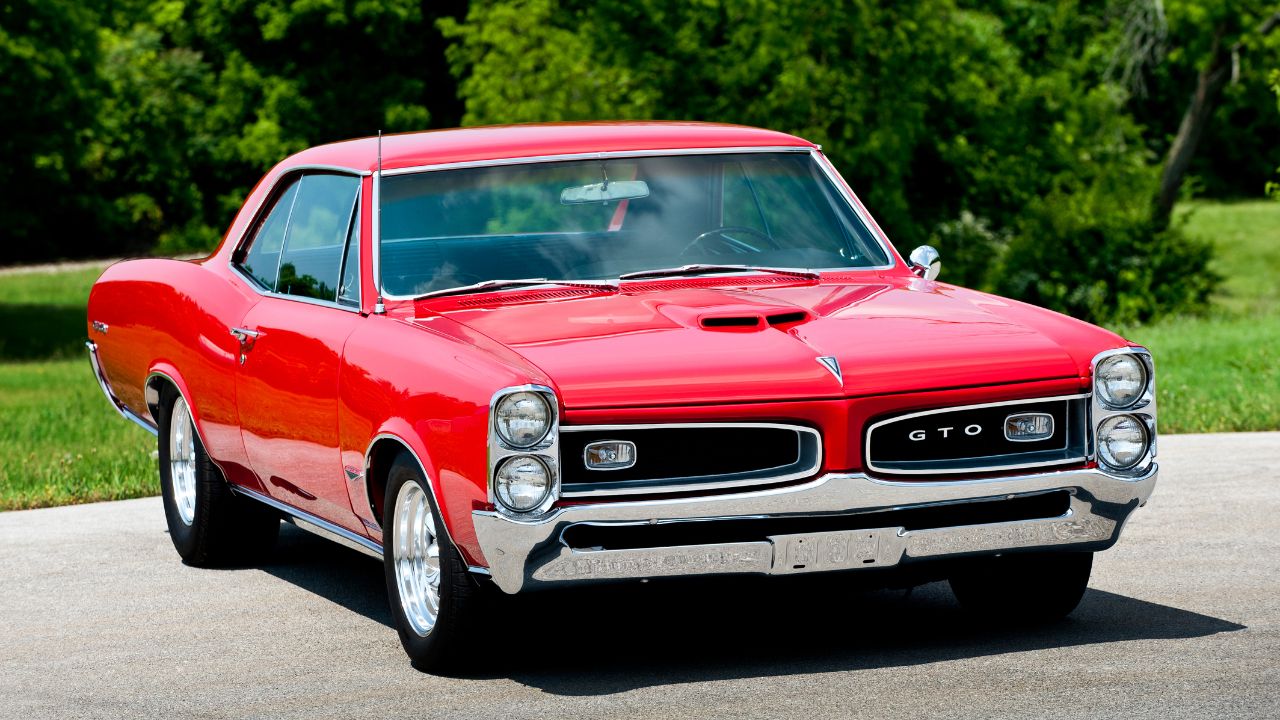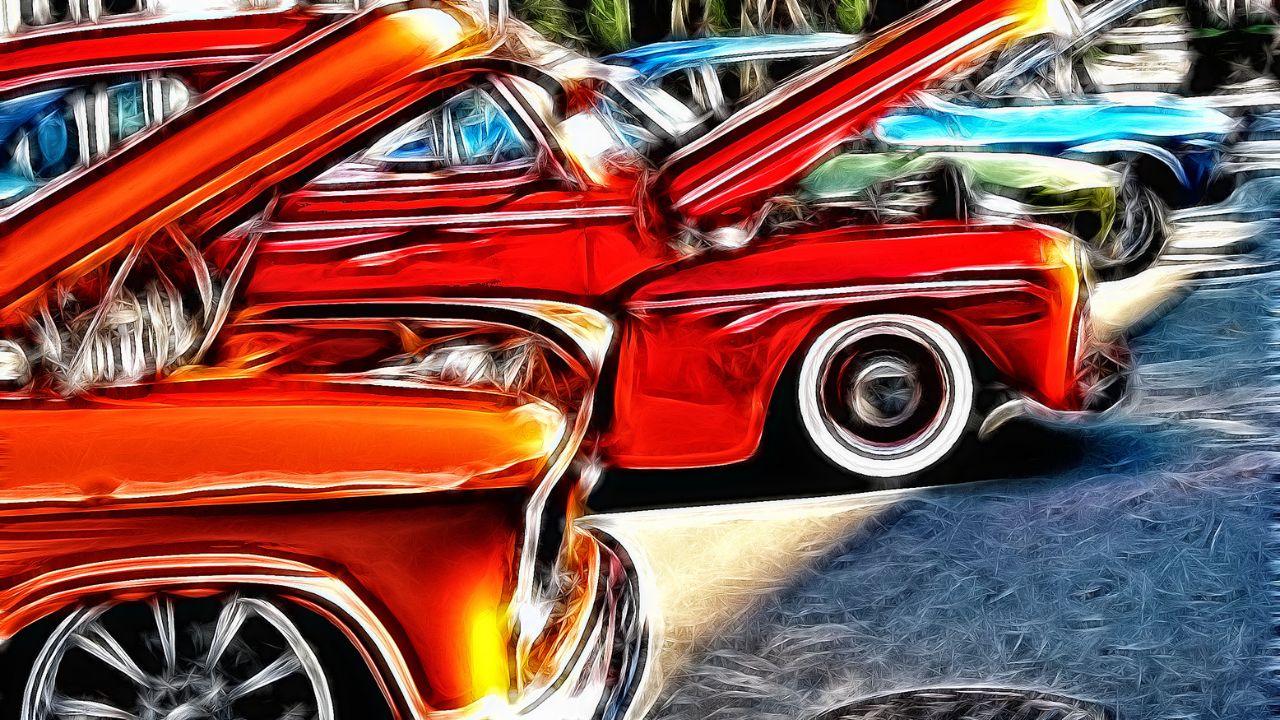
When Chrysler first rolled out the '70 Barracuda, it was a resounding success. The model was redesigned with a flowing-curves design, dropped its Valiant roots, and used an E-body platform. Although the new model was wider and more spacious than its predecessor, it was still well priced. This article will discuss the new model's styling and engine options as well as its cost.
Chrysler's first use for flowing-curves style
Cuda, a muscle car that is extremely rare, is not like any other muscle car. This supercharged, dual-turbocharged V8 is the first time Chrysler has used flowing-curves styling. This car is a great example of Ford's ability to understand the needs of customers with disabilities. The interior of the cuda has an ideal balance between form and function. It also offers push-button assistance. Its leather-clad electric seat is borrowed from BMW convertibles. They allow Matt, who is in a wheelchair, to move into the driver's position without any assistance.

Dick McAdam, Plymouth Chief Stylelist, designed the Barracuda car. This was the first car to feature this style. It had a fastback roof that was grafted onto a Valiant. It was quickly a hit and became its own brand. The Barracuda car was not a fastback but did have a classic 1970s design.
Its styling changes
The Barracuda model's styling evolved significantly over its predecessor, in 1966. Redesigned front- and rear ends were used. Hood and sides were modified with model-specific sheets metal. It was built on the same platform as Valiant but had a longer and wider body. Side glass and hood were both redesigned, as was the grille. It now shares the same strong grid motif of the Valiant.
The Chrysler Abody was the base for the first Barracuda, which was a twodoor fastback. It was intended to appeal to young men, and was a sportier addition to the Valiant range. It could also function as a family car. It was a highly recognizable American car that became popular throughout its lifespan. It wasn't always as it appears.
Its price
The Plymouth Barracuda introduced a new category of automobiles, the pony car. It became the first pony-car in 1964. Ford Mustang arrived a few days later. The Barracuda had been originally scheduled to be scrapped because it was too similar in design to the Valiant. It was also the first pony-car to come from a company of poor financial standing.

The Dodge Barracuda is expected to compete against the Chevy Camaro and the Ford Mustang. These cars are both priced around $27,000 and have powerful engines. Both the Mustang and Camaro are powered by a 2.4-liter V6 engine producing over 300 horsepower. The Barracuda will be available starting at $25,000.
FAQ
What qualifications are necessary to become a truck driver mechanic?
Although you don't need to have any formal qualifications, your experience working with trucks and engines is invaluable. Your experience is valuable because it allows you to diagnose problems quickly, efficiently and effectively.
Your knowledge of diesel technology will allow you to identify the parts that are required to fix our vehicles.
What are the different types of jobs available in car mechanic?
For car mechanics, there are three main areas for employment:
-
Automotive repair shops
-
Dealerships
-
Independent garages
Automotive repair shops
This is where most people first think of becoming a mechanic. This is the best way to get started. You can either work in a shop run by someone else, or start your business.
If you decide to work at a shop, you'll need to apply to join a union. Once accepted into the union you will be trained by the union.
Once you complete the training, it's time to get started.
Register with the government if you want to open your garage. You'll need to meet certain standards after you register.
You will receive a license to run your garage once you have registered.
Your license will permit you to sell spares parts and perform minor repairs. It will not allow you to repair major engine problems.
In addition to selling spare parts, you'll also be expected to offer advice and guidance to customers.
Dealership jobs
Most dealerships employ mechanics that specialize in one aspect of the vehicle. They might specialize in one area, such as brakes and tires.
Some dealerships hire general mechanics to handle all aspects of car repair.
These positions often require applicants that they undergo special training before being allowed work. Employers are able to choose which candidates will best suit their position.
Some dealerships hire students straight out of college. These graduates have no difficulty learning about cars because they already know the basics and principles of mechanical engineering.
Independent garages
Independent garages don’t have to be associated with any particular dealer. Instead, they focus on high-quality customer service.
Independent garages don't have to be associated with any particular company. This allows them to offer higher wages. This makes them generally more well-paid than jobs at dealerships.
But this doesn't mean that independent garages are necessarily better places to work. Many business owners prefer to manage their own businesses rather than delegating responsibility to others.
You may find yourself working for long hours and not having control over the day.
Also, expect to make lower wages than if your job was at a dealership.
The good news is that you can easily switch between different kinds of jobs. You can switch jobs easily if you are interested in working at a dealership. Simply ask your employer if they would be open to hiring you as a mechanic.
You could also apply directly to an owner of a garage if that's what you want.
Unfortunately, finding a new job can be difficult. There are many other factors that can influence your earnings.
For example, the type of vehicle you repair and whether you charge extra for labor.
What does it take for a mechanic to be a good one?
Expert mechanics take years of practice and extensive experience. A professional mechanic will teach you how to fix cars.
You will need to spend some time in a garage to learn as much about cars and mechanics as possible. Mechanical engineering books will be required to learn about mechanics and design.
And you'll also need to attend auto school.
The most important thing is to start early. Do not wait to learn automotive technology. Start studying automotive technology now to become a mechanic.
What length of an automotive course is it?
A course in automotive lasts three years.
The first year of your training is devoted to theory. You will learn all about cars. The second year will be spent in practical training. Here you will learn how fix engines, drive and other mechanic jobs. The last year of your training is spent on practical training, where you learn how to fix real-world problems.
How do I fix my vehicle as a hobby?
You might be interested in cars as a hobby. You can learn to fix them, buy them parts, and even sell them. If you are looking for something new, this would be a great hobby.
It's difficult to make this a fulltime job. It requires hard work and dedication. Also, you will need to put a lot of money into it.
So unless you have a good reason for wanting to get involved with cars, then it might be best to leave it alone.
Statistics
- According to the BLS, total auto technician employment is expected to exceed 705,000 by 2030. (uti.edu)
- There were 749,900 jobs available for automotive service technicians and mechanics in 2016, which is expected to grow by six percent through 2026. (jobhero.com)
- Apprentice mechanics earn significantly less hourly than mechanics who have completed training, with a median wage of approximately $14.50 an hour, according to PayScale. (jobhero.com)
External Links
How To
How to get certified as a mechanic
The mechanic's certifications are designed for people who want to become certified as professional automotive technicians. These certifications provide an overview of all aspects of auto repair including engine diagnostics and electrical systems, brakes. steering. fuel injection. air conditioning. heating. exhaust. diagnostic tools. body repairs. collision damage repair. collision repair. paintless dent removal. motor vehicle emissions testing.
The program consists of 12 hours of classroom instruction and three months of on-the-job training at a participating dealership. Students must take a minimum 60-hour semester of classroom instruction. Additionally, students must pass a written examination that includes both theory and practical questions. Upon completion of the coursework, students may take the state examination administered by the National Institute for Automotive Service Excellence (ASE). To be employed as an automotive service technician, you must have ASE certification.